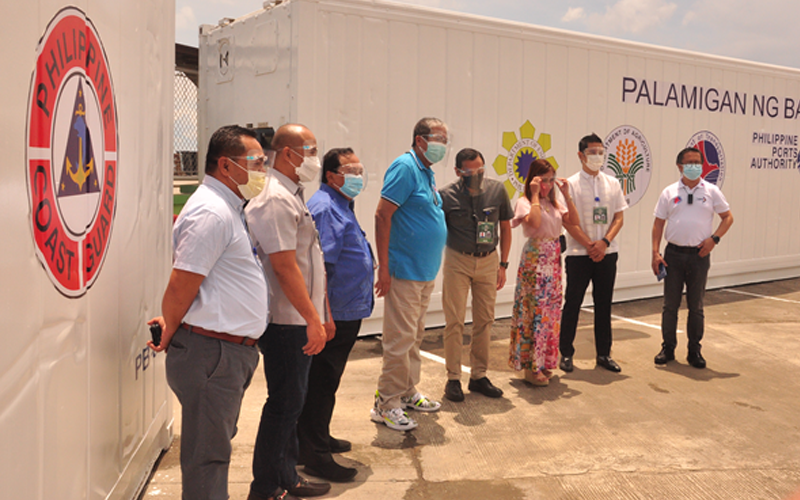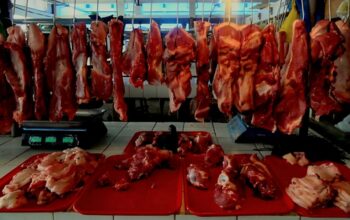
FOR over a year, documents leading to the eventual operation of cold storage facilities that could have massively dented on the availability of a stable supply of fish and taming the wayward prices of goods in Bohol, got lost in the bureaucratic avenues of the Capitol.
This fairly sums up the explanation given by Assistant Provincial Agriculturist Larry Pamugas, when asked what has happened with the two cold storage facilities given by the national government to Bohol in April of 2021, why these have remained unutilized and sitting to rot at the Port of Tagbilaran.
Turned over to the Provincial Government by no less than Department of Transportation Secretary Arthur Tugade, the containerized cold storage facility was intended to help stabilize the supply of goods when there is over-production, so that it could be released still fresh later, when there is a need to stabilize the supply and demand cycle.
Arriving at a time when Boholanos were crying over the pinch in the price of farm produce and key commodities here, the two containerized 40-footer blast freezers, have accordingly been given to the Office of the Provincial Agriculture and another to the Office of the Provincial Veterinarian for eventual operation, according to Pamugas.
Upon inspection however, the giant freezers, being industrial in size, need to use a three-phased circuit and needs special connection to operate, the assistant agriculturist said.
More than that, transporting the containerized vans from the port to its proposed location entails special trucks, one that would cost the province some P37,000, as was reflected in the OPA documents requesting such from the provincial government.
Pamugas said the office [OPA] processed for the transport and installation of the power supply for the freezers, but added, they do not have any control on the documents, nor know where these are now.
And while the two containerized freezers which could have been critical in keeping prices tame here, these two continue to sit in the port, the only visible change in its markings is the addition of the slogan “Buhat ang Pasultihon,” emblazoned on its side.
The freezers, when they arrived, did not have that print.
For its non-use, Bohol woes over the price of its goods especially farm and fish produce continues.
Over a year later after that, fresh fish and farm harvests are directly sold to bulk buyers, who acquire them cheap, or the farmers will have to spend more transporting them back home.
If not, then the farmers themselves are forced to sell them in open flea markets across Bohol, flooding the supply chain with over supply and dragging the costs down, leaving them with huge losses, again.
On the other end, the rich traders enjoy their day buying and storing the oversupply in their private storage facilities and wait it out until supply dwindles, that is when they release the supply and cash in on the demand. (rahc/PIA-7/Bohol)



